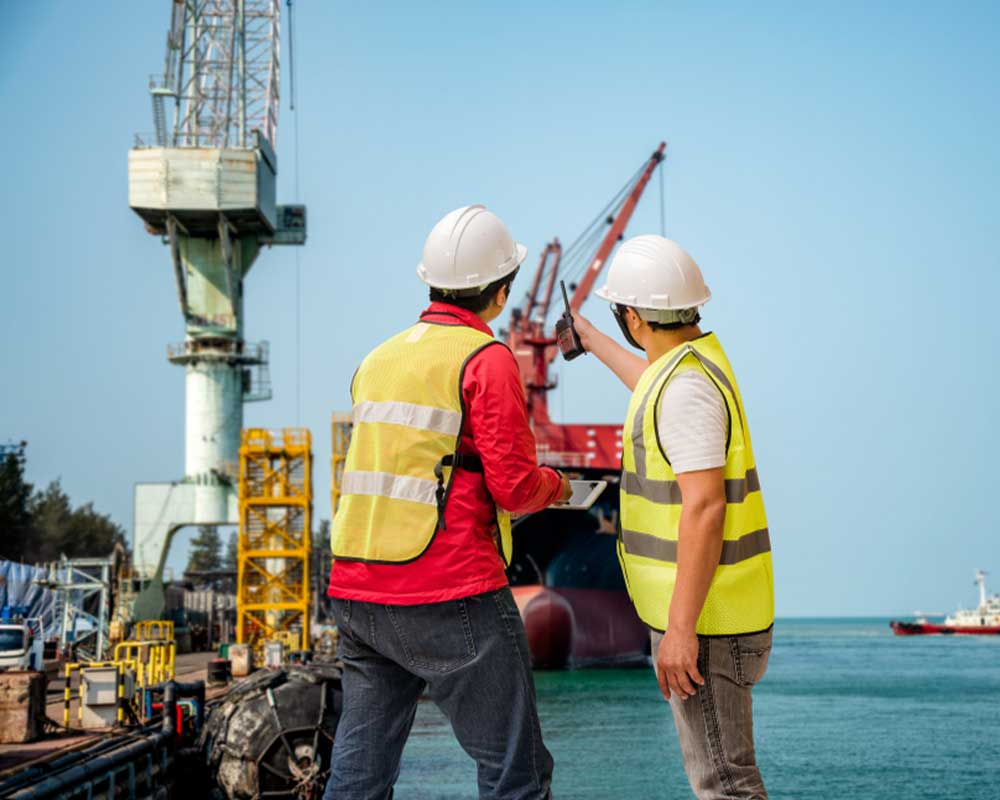

Beneath the Surface: How Hydrographic Surveys Ensure Safe and Efficient Marine Operations
Thorough hydrographic surveys are essential for maritime activities, since they present precise and exhaustive data regarding the water depth, subaquatic components, and shoreline districts. Hydrographic surveys are indispensable in guaranteeing the safety and capability of marine procedures, like port construction, dredging, offshore wind farms, and underwater pipelines.
One of the central grounds why hydrographic surveys are essential is that they facilitate the recognition of probable perils and navigational impediments in the water. Through plotting the ocean floor and submarine fixtures, hydrographic surveys can avert disasters and ensure secure sailing for boats and other vessels. This is especially critical for ports and harbors, where the presence of shallow water, submerged stones, or any other dangers can be an eminent danger to ships coming in or departing the port.
Apart from guaranteeing safety, hydrographic surveys can also aid in improving marine operations and decreasing expenses. By specifying locations of the sea floor that must be dredged, hydrographic surveys can contribute to the deepening and accessibilization of ports and harbors, thereby enhancing sailing procedures.
Hydrographic surveys can be utilized to devise the installation of offshore wind farms or underwater pipelines, by finding the most favorable spots and pathways for these structures.
Hydrographic surveys can furnish worthwhile data for scientific and environmental research. By plotting the oceanic depths and exploring the submerged ecosystems, hydrographic surveys can help to pinpoint areas of ecological importance, such as coral reefs or marine conservation zones. This intelligence can be employed to originate preservation maneuvers and buttress sustainable aquatic expansion.
It’s critical to understand that hydrographic surveys are not a one-time endeavor, but rather an unceasing operation that needs to be routinely adjusted and preserved. Variations in water levels, erosion, and other ecological factors can all alter the seafloor and underwater features, which implies that hydrographic surveys need to be regularly updated to guarantee correctness and applicability.
Taking everything into consideration, hydrographic surveys are an indispensable tool for marine projects, as they furnish accurate and in-depth data about the seafloor and underwater components. Hydrographic surveys can help to maximize marine operations for greater safety, efficiency, and environmental consciousness. When constructing a marine project, make sure to consider hydrographic surveys a priority requirement of your preparation process.
